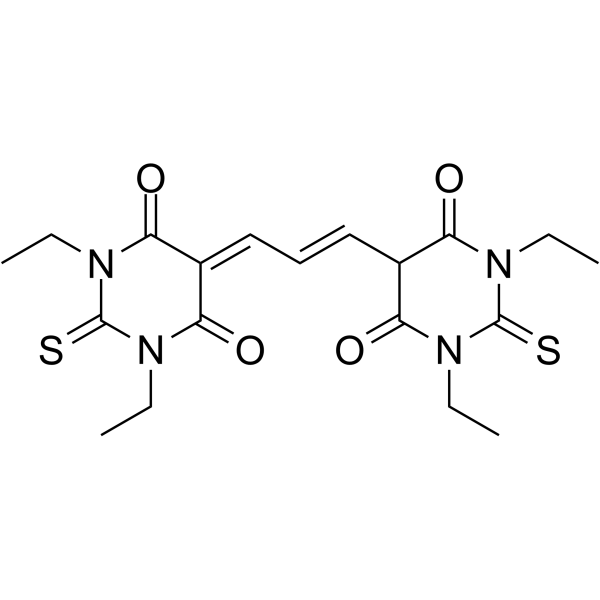Effect of acute hypoxia on glomus cell Em and psi m as measured by fluorescence imaging.
Arijit Roy, Jinqing Li, Abu-Bakr Al-Mehdi, Anil Mokashi, Sukhamay Lahiri
文献索引:J. Appl. Physiol. 93(6) , 1987-98, (2002)
全文:HTML全文
摘要
We have reinvestigated the hypothesis of the relative importance of glomus cell plasma and mitochondrial membrane potentials (E(m) and psi(m), respectively) in acute hypoxia by a noninvasive fluorescence microimaging technique using the voltage-sensitive dyes bis-oxonol and JC-1, respectively. Short-term (24 h)-cultured rat glomus cells and cultured PC-12 cells were used for the study. Glomus cell E(m) depolarization was indirectly confirmed by an increase in bis-oxonol (an anionic probe) fluorescence due to a graded increase in extracellular K(+). Fluorescence responses of glomus cell E(m) to acute hypoxia (approximately 10 Torr Po(2)) indicated depolarization in 20%, no response in 45%, and hyperpolarization in 35% of the cells tested, whereas all PC-12 cells consistently depolarized in response to hypoxia. Furthermore, glomus cell E(m) hyperpolarization was confirmed with high CO (approximately 500 Torr). Glomus cell psi(m) depolarization was indirectly assessed by a decrease in JC-1 (a cationic probe) fluorescence. Accordingly, 1 microM carbonyl cyanide p-trifluoromethoxyphenylhydrazone (an uncoupler of oxidative phosphorylation), high CO (a metabolic inhibitor), and acute hypoxia (approximately 10 Torr Po(2)) consistently depolarized the mitochondria in all glomus cells tested. Likewise, all PC-12 cell mitochondria depolarized in response to FCCP and hypoxia. Thus, although bis-oxonol could not show glomus cell depolarization consistently, JC-1 monitored glomus cell mitochondrial depolarization as an inevitable phenomenon in hypoxia. Overall, these responses supported our "metabomembrane hypothesis" of chemoreception.
相关化合物
| 结构式 | 名称/CAS号 | 分子式 | 全部文献 |
|---|---|---|---|
 |
双(1,3-二乙基硫代巴比妥酸)三次甲基氧杂菁
CAS:47623-98-3 |
C19H24N4O4S2 |
|
Membrane potential changes visualized in complete growth med...
1997-03-15 [Exp. Cell Res. 231(2) , 260-8, (1997)] |
|
Peroxynitrite affects Ca2+ influx through voltage-dependent ...
2001-01-01 [J. Neurochem. 76(2) , 341-50, (2001)] |
|
Simultaneous mechanical stiffness and electrical potential m...
2009-04-29 [Nanotechnology 20(17) , 175104, (2009)] |
|
A membrane potential-sensitive dye for vascular smooth muscl...
2003-01-31 [Biochem. Biophys. Res. Commun. 301(1) , 113-8, (2003)] |
|
Measurement of membrane potential of endothelial cells in si...
1995-09-01 [Microvasc. Res. 50(2) , 183-98, (1995)] |